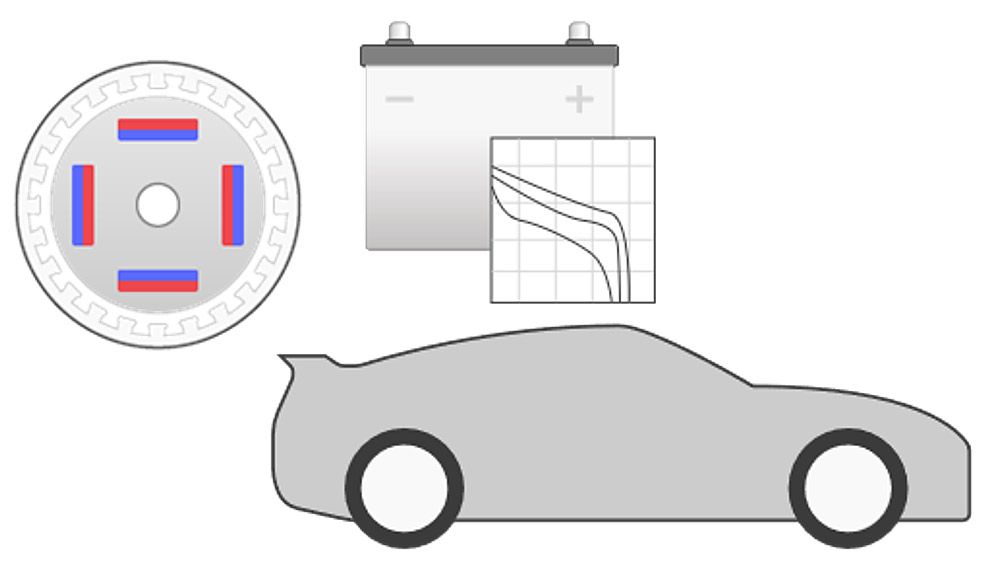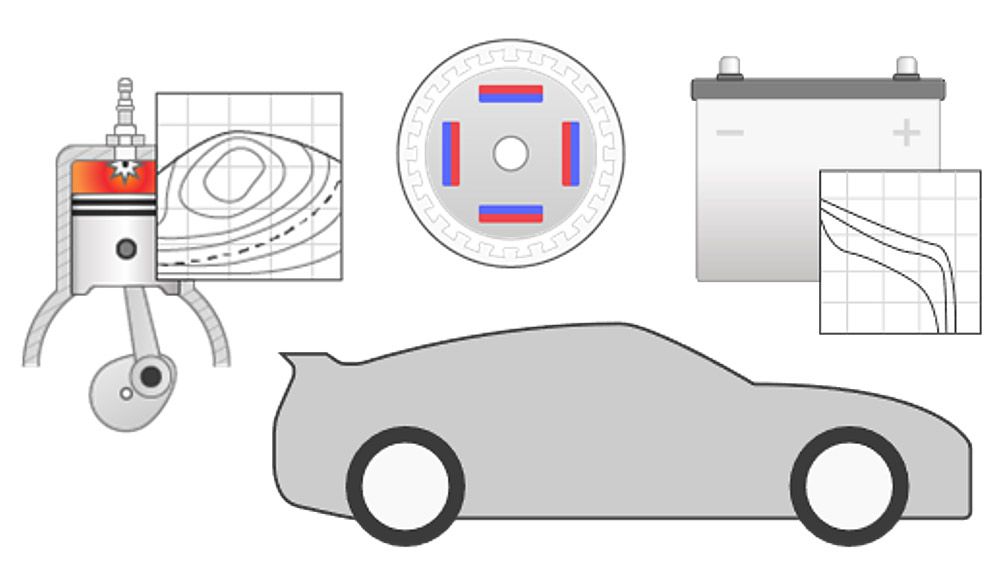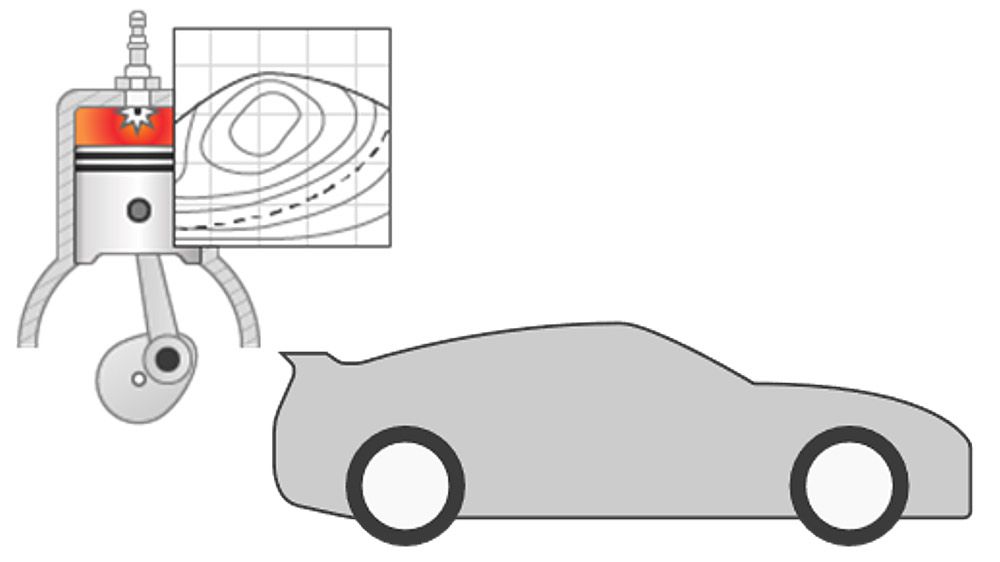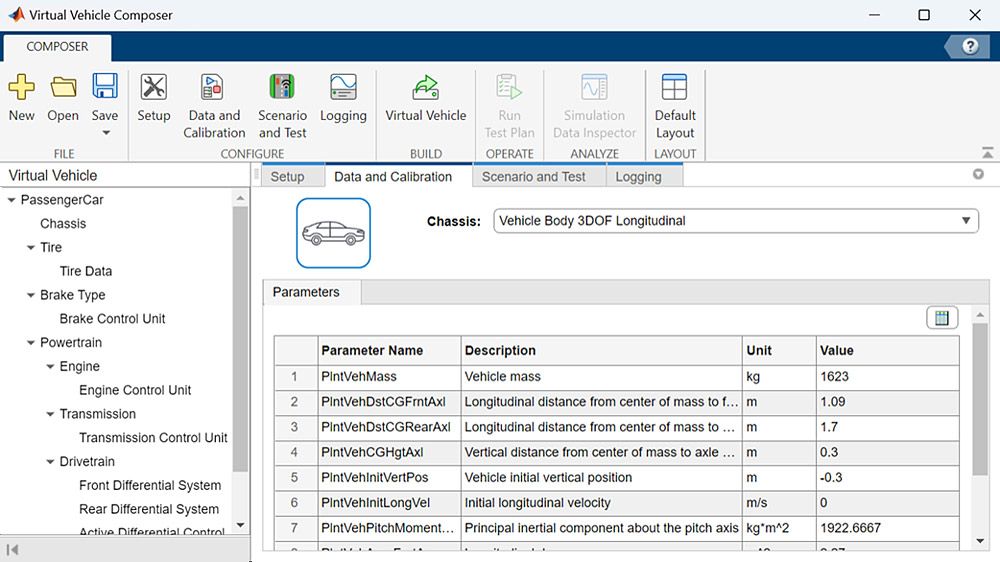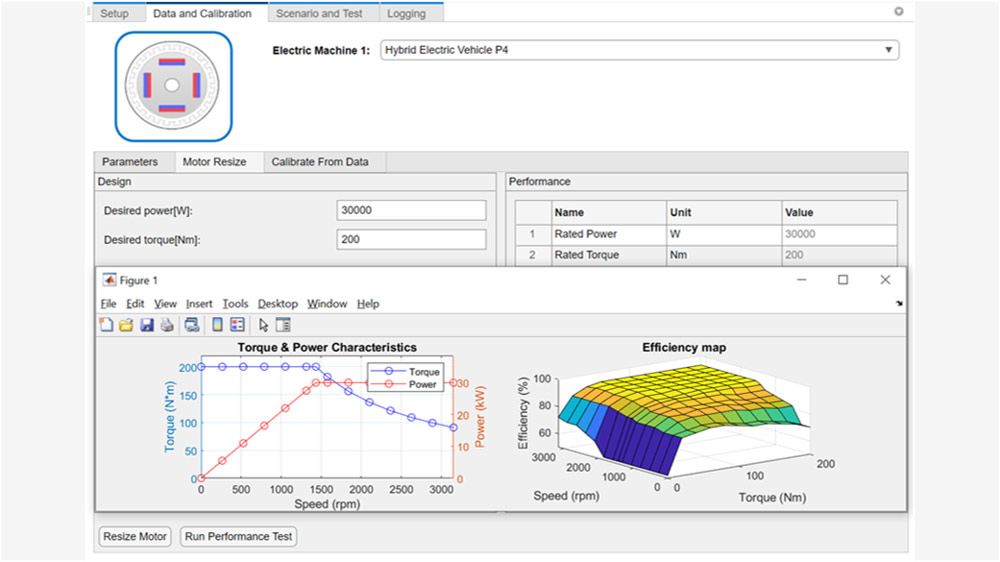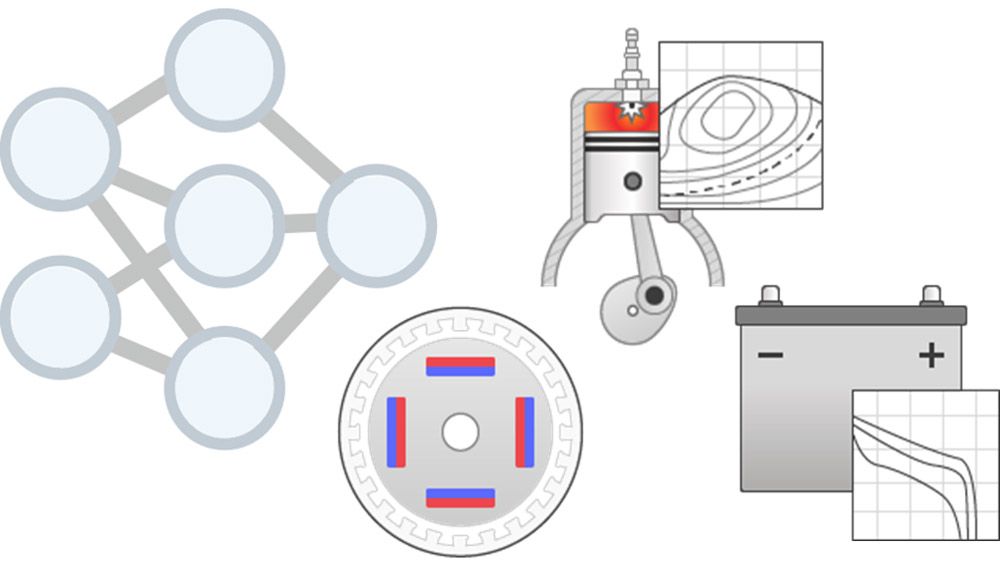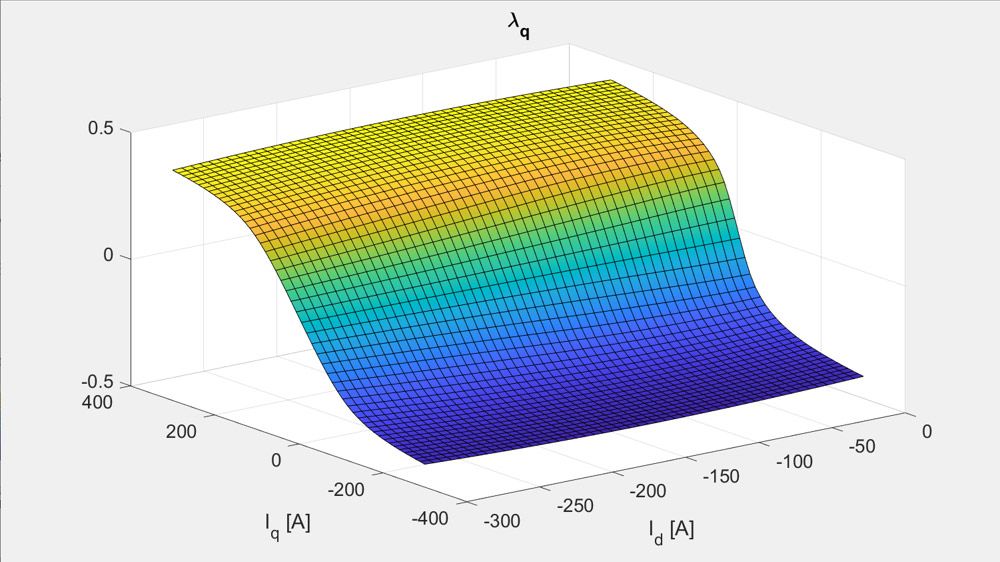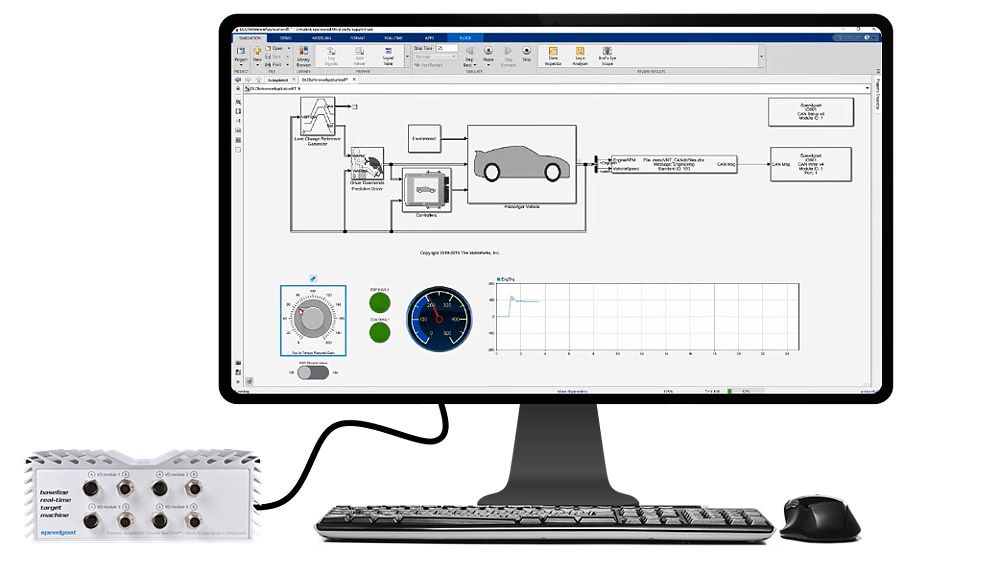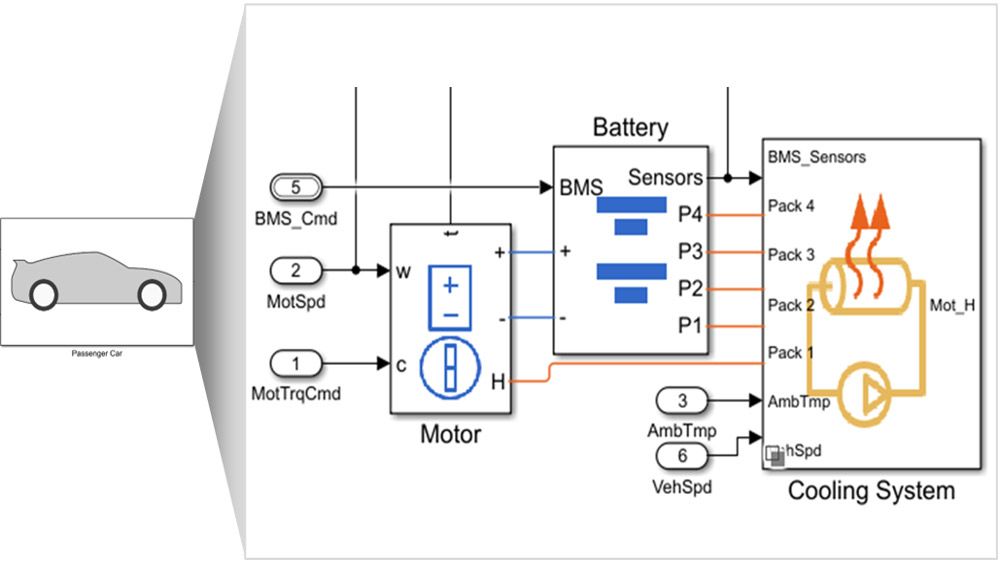Powertrain Blockset provides preassembled automotive vehicle reference applications for gasoline, diesel, hybrid, fuel cell, and battery electric propulsion systems. The blockset includes a component library for engines, traction motors, batteries, transmissions, tires, and driver models, as well as component and supervisory controllers.
Powertrain Blockset offers the Virtual Vehicle Composer app for configuring and parameterizing models, as well as prebuilt workflows for resizing components, calibrating models from data, optimizing shift schedules, and generating deep learning dynamic plant and state estimators. You can use these models for design tradeoff analysis and component sizing, control parameter optimization, and hardware-in-the-loop (HIL) testing. The models are open, so you can incorporate your own subsystems and customize them as needed.
Reference Applications
Closed-loop models for drive cycle, energy management, and performance analyses
Product Highlights
Virtual Vehicle Composer
Interactively parameterize, configure, and build a virtual vehicle for fuel economy, EV range, energy management, and performance analyses.
Engine and Motor Resize Workflows
Use predefined workflows in the Virtual Vehicle Composer app for resizing engines and mapped motors based on high-level specifications such as maximum power. Associated controllers are automatically recalibrated for the resized component.
Generate Deep Learning Component Models
Generate reduced-order models (ROM) using dynamic deep learning networks for vehicle components, including engines or motors, for hardware-in-the-loop (HIL) testing and control design activities.
Virtual Calibration
Calibrate controllers and tune plant model parameters for components including engines, turbochargers, and motors before integrating them with your system-level vehicle model.
HIL and Cloud Support
Capture important physical effects while achieving real-time execution using Simulink Real-Time. Deploy to the cloud to add computing power for large-scale simulation studies.
Simscape Integration
With Simscape, incorporate electrical, thermal, and mechanical designs into your vehicle models by assembling components into a schematic or selecting prebuilt options in the Virtual Vehicle Composer app.
